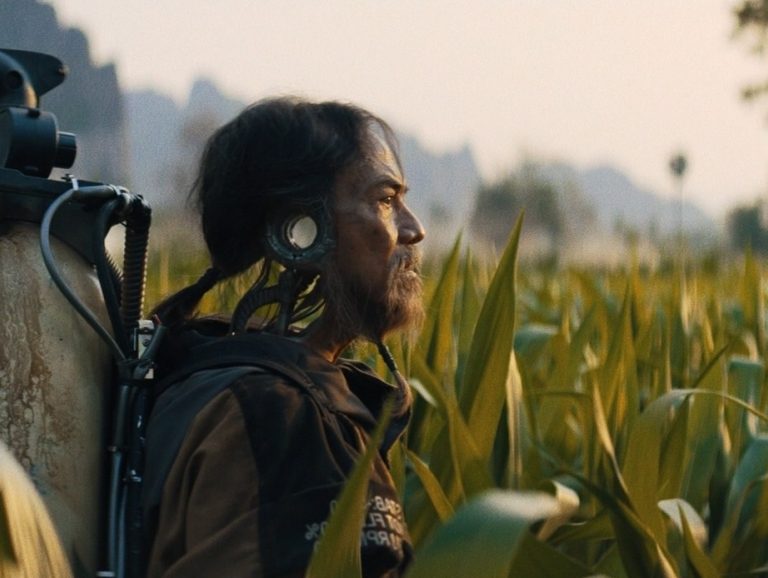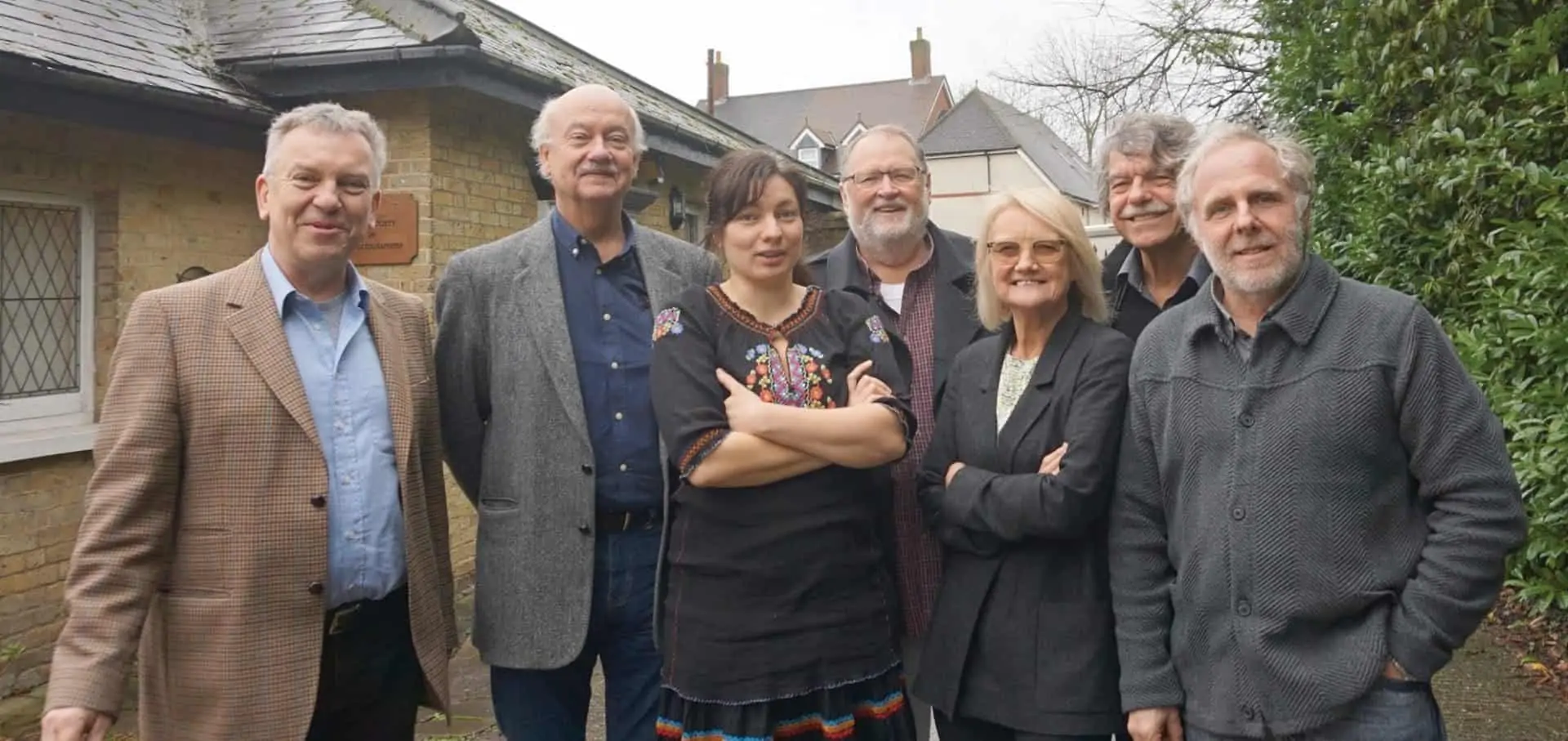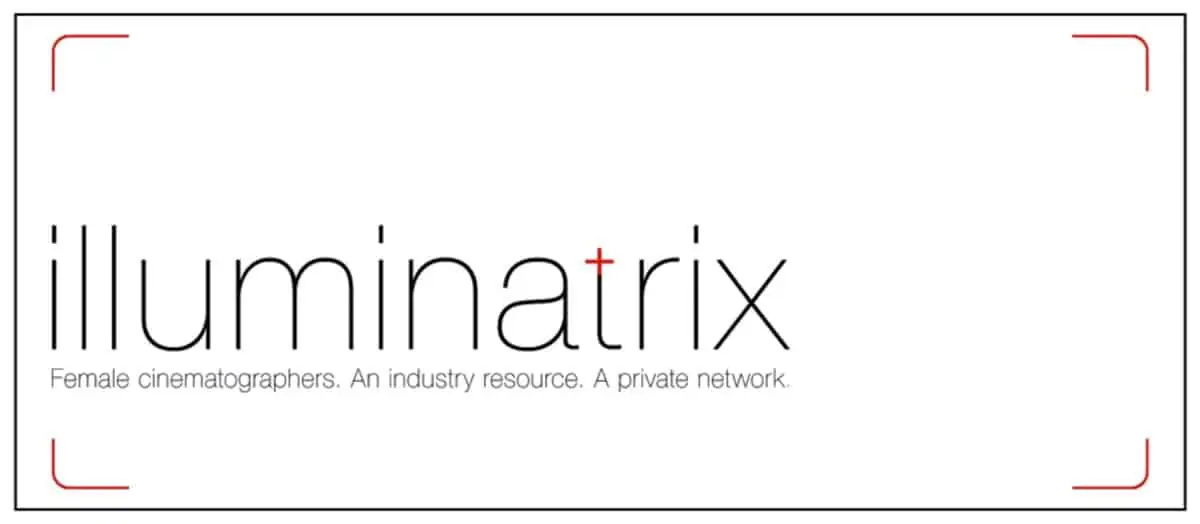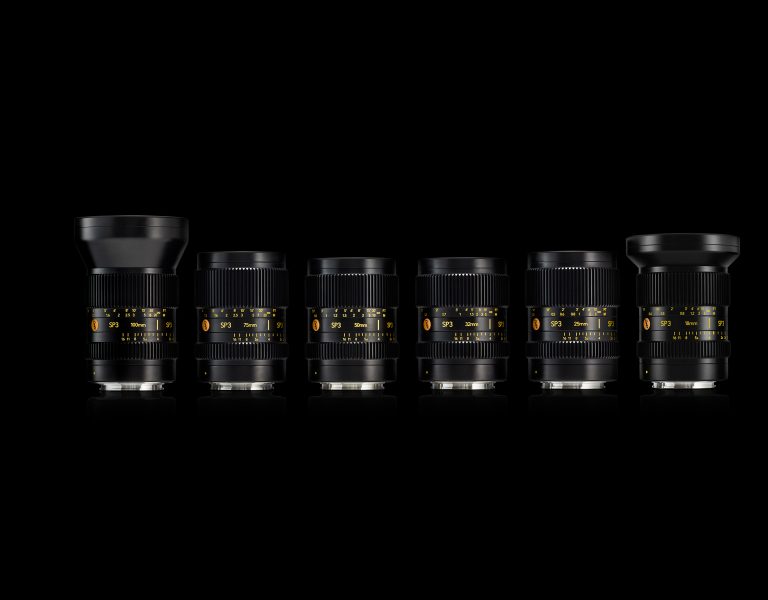Embracing diversity
May 19, 2016
In so many surveys on gender and diversity representation, both in front of and behind the camera, the percentages are both staggeringly low and hardly changing. This is out-of-touch and misrepresents the world we actually live in. Misrepresenting the world does us all a disservice, it’s clearly an “us” issue. Equality is good for everyone economically and socially, and of course, in films, not least artistically.
Currently there is a hard-to-miss groundswell of activity and press reporting on this important and fundamental question for our industry. The speed of change in technical developments in cinematography has leaped ahead of embracing different voices and perspectives. IMAGO aims at a double-aspect approach – platforming and promoting.
Firstly, IMAGO will report on international developments with contributions from the different cinematography societies of initiatives in this area. Here are some examples:
UK: BFI/Lottery-funded films have a new three-ticks diversity criteria. The three-ticks assessment for funding projects are: on-screen diversity, off-screen diversity, key creative i.e. HODs, thereby creating opportunities and promoting social mobility and internships. It is backed by the UK producer’s association PACT and ethnic minority recruitment and training charity Creative Access. Please note Sir Lenny Henry’s call for a ‘sea change’ on diversity in UK TV production.
Sweden / Norway: Film Institutes in both Sweden and Norway have achieved a dramatic shift in gender parity on films within a few short years , with changes in funding policy.
Australia: Screen Australia’s deputy chair Deanne Weir is head of a new “Gender Matters Taskforce”, with allocated funding for more female-led teams.
US: A new US-based production company “We do it together “ launched in February 2016 to tackle the Hollywood gender gap. On the advisory board are Jessica Chastain, Juliette Binoche, Queen Latifah, Catherine Hardwicke, Freida Pinto, Amma Asante, Zhang Ziyi and Katia Lund.
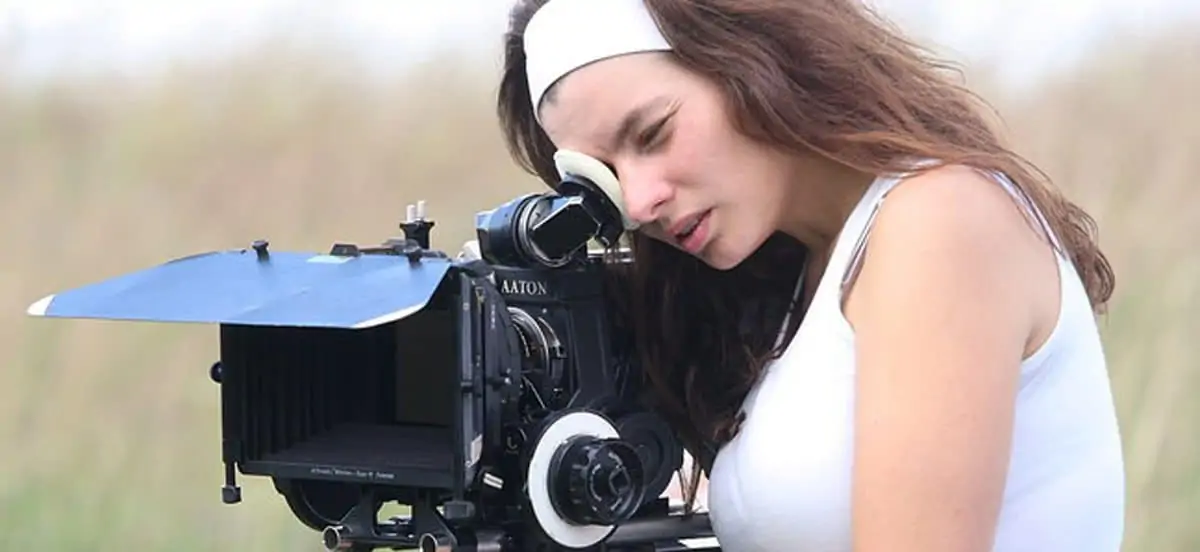
Secondly, IMAGO will address the following:
“The, yes, but… there aren’t enough suitable applicants question.” We will support and promote initiatives on endorsing and supporting those who want to become cinematographers. Another important factor is staying in the Industry, which is hard for everyone.
Our goal is also to contribute to changing perceptions. For example, women who display leadership skills seen as the boss, and not “bossy”. And we will contribute to visibility and familiarity. “If you can see it, you can be it.” The more visibly diverse that Cinematographers are, the more it will become the norm and the less an exception.
To redress the balance, different strategies can be used by institutions and funding organisations, but the right of a director to choose the appropriate DP to work with on a film is inalienable. Choosing the “right” DP for the film is always the key question for a director.

As Nina Kellgren BSC remarks: “After the screening of Looking For Langston, a film based on the life and work of Langston Hughes, the Harlem renaissance poet, at the Berlin Film Festival way back in 1989, I was on stage with director Isaac Julien for the Q&A. The question was asked, “How come a white woman shot this film.” His immediate response, with a smile and a shrug, was, “Why not?” But the expanded response was that sensibilities are neither gender or race specific. That particular partnership became a rewarding 20-year collaboration on many award-winning projects.
Report by Nina Kellgren BSC and Elen Lotman ESC, IMAGO Board members


